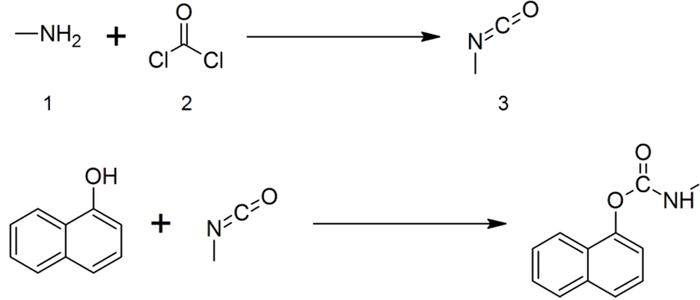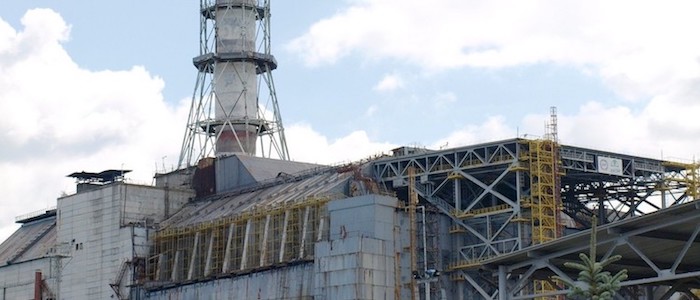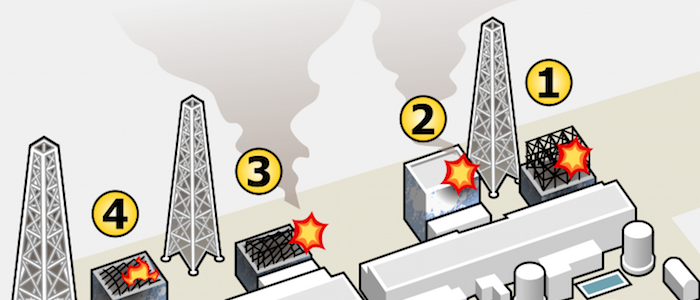Other Topics
COVID-19 (SARS-CoV-2) Pandemic 2020
The COVID-19 worldwide pandemic has expanded the interest in the scientific community toward the development and application of numerical tools to simulate the potential atmospheric transport of the virus SARS-CoV-2 from one person to another.
Read more →Chemical Information
PubChem is a collection of freely accessible chemical information hosted by the United States National Institutes of Health.
Read more →Data Bases - Harmo Initiative
In 1991, a European initiative was launched for increased cooperation and standardization of atmospheric dispersion models for regulatory purposes. A need was felt for models to be developed in a well-organized manner and turned into practical, generally accepted tools fit for the various needs of decision-makers.
Read more →Data Analysis
Interactive article on the Kernel Density Estimation (KDE) by Matthew Conlen.
Read more →Regulations
A set of introductory slides on regulations and public policies has been provided, courtesy of Dr. Christian Seigneur. These slides are the basis of his 2019 book: Air Pollution - Concepts, Theory, and Applications.
Read More →Regulations - US EPA
Slide deck compiled by Dr. Paolo Zannetti summarizing the US EPA approach to air quality management.
Read more →Regulations - Europe
Slide deck compiled by Dr. Paolo Zannetti summarizing the European legislation and initiatives for air quality management in Europe.
Read more →Subway/Metro Environments
Although commuters typically spend only 30–40 min in metros, the air pollutants emitted from various interior components of metro system as well as air pollutants carried by ventilation supply air are significant sources of harmful air pollutants that could lead to unhealthy human exposure.
Read more →Tracer Experiments - Project Prairie Grass
Project Prairie Grass was a field program designed to provide experimental data on the diffusion of a tracer gas over a range of 800 meters. In each of 70 experiments the gas was released continuously for 10 minutes at a source located near ground level.
Read more →Tracer Experiments - BTEX
The Bolzano Tracer Experiment (BTEX) focused on the basin surrounding the city of Bolzano, at the junction of three tributary valleys on the southern side of the Alps, to characterize the ground-level impact of pollutants emitted by a waste incinerator close to the city, and atmospheric factors controlling dispersion processes in the whole basin, under different winter weather situations.
Read more →Tracer Experiments - PCAPS
The Persistent Cold-Air Pool (PCAPS) study investigated the processes leading to the formation, maintenance and destruction of persistent mid-winter temperature inversions (cold-air pools) that form in the Salt Lake basin.
Read more →Tracer Experiments - TRANSALP
The Persistent Cold-Air Pool (PCAPS) study investigated the processes leading to the formation, maintenance and destruction of persistent mid-winter temperature inversions (cold-air pools) that form in the Salt Lake basin.
Read more →Los Angeles Smog
The Los Angeles smog of the 1940s represents the first noticeable occurrence of a new type of air pollution: the photochemical smog. The first serious episode occurred on July 26, 1943, when Los Angeles residents believed the Japanese were attacking them with chemical warfare.
Read more →Donora 1948
Many believe that the 1948 Donora smog was the worst air pollution disaster in U.S. history. On Saturday October 30, around 2 a.m., the first death occurred. Within days, 19 more people from Donora and Webster were dead. A preliminary report was released in October 1949, with inconclusive results. Rather than singling out the nearby mills and the effluent they produced, the researchers pointed to a combination of factors.
Read more →London Smog 1950s
Heavy fog was a common event in London. However, in December 1952 a combination of very cold conditions, stagnant air caused by a high-pressure weather system, ground-based temperature inversion, and coal burning emissions created an unprecedented and deadly smoke + fog (= smog) series of events.
Read more →Seveso 1976
The Seveso disaster was an industrial accident that occurred around 12:37 pm July 10, 1976, in a small chemical manufacturing plant approximately 15 km (9.3 mi) north of Milan in the Lombardy region in Italy. A chemical reactor exploded at the ICMESA plant located in Meda near Seveso, Italy.
Read more →Bhopal Gas Accident 1984
Bhopal is considered the world’s worst industrial disaster. On December 3, 1984, more than 40 tons of methyl isocyanate gas leaked from a Union Carbide Corporation (UCC) pesticide plant in Bhopal, India, immediately killing at least 3,800 people and causing significant morbidity and premature death for many thousands more.
Read more →Chernobyl 1986
On April 26, 1986, a sudden surge of power during a reactor systems test destroyed Unit 4 of the nuclear power station at Chernobyl, Ukraine, in the former Soviet Union. The accident and the fire that followed released massive amounts of radioactive material into the environment.
Read more →Fukushima 2011
On March 11, 2011, a 9.0-magnitude earthquake struck Japan about 231 miles (372 kilometers) northeast of Tokyo off the Honshu Island coast. Fukushima Dai-ichi lost all power from the electric grid, with diesel generators providing power for about 40 minutes. At that point, an estimated 45-foot-high (14 meter) tsunami hit the site, damaging many of the generators.
Read more →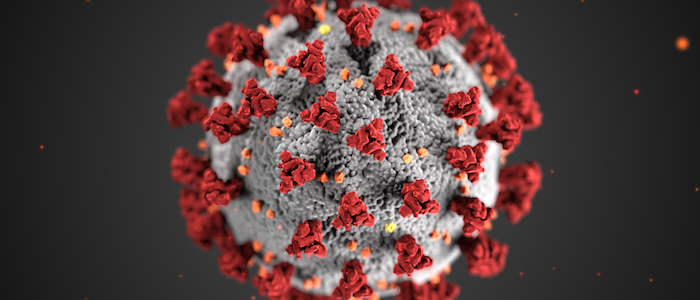
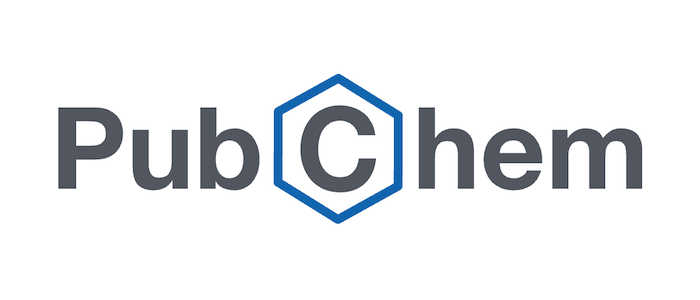



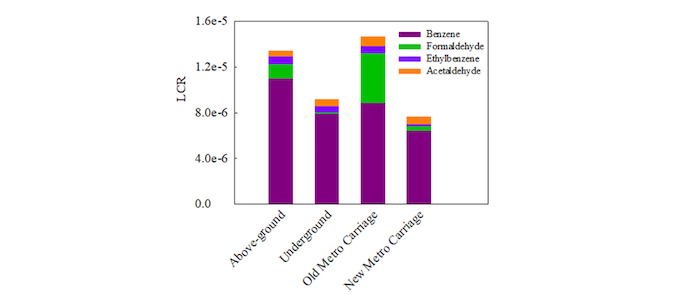
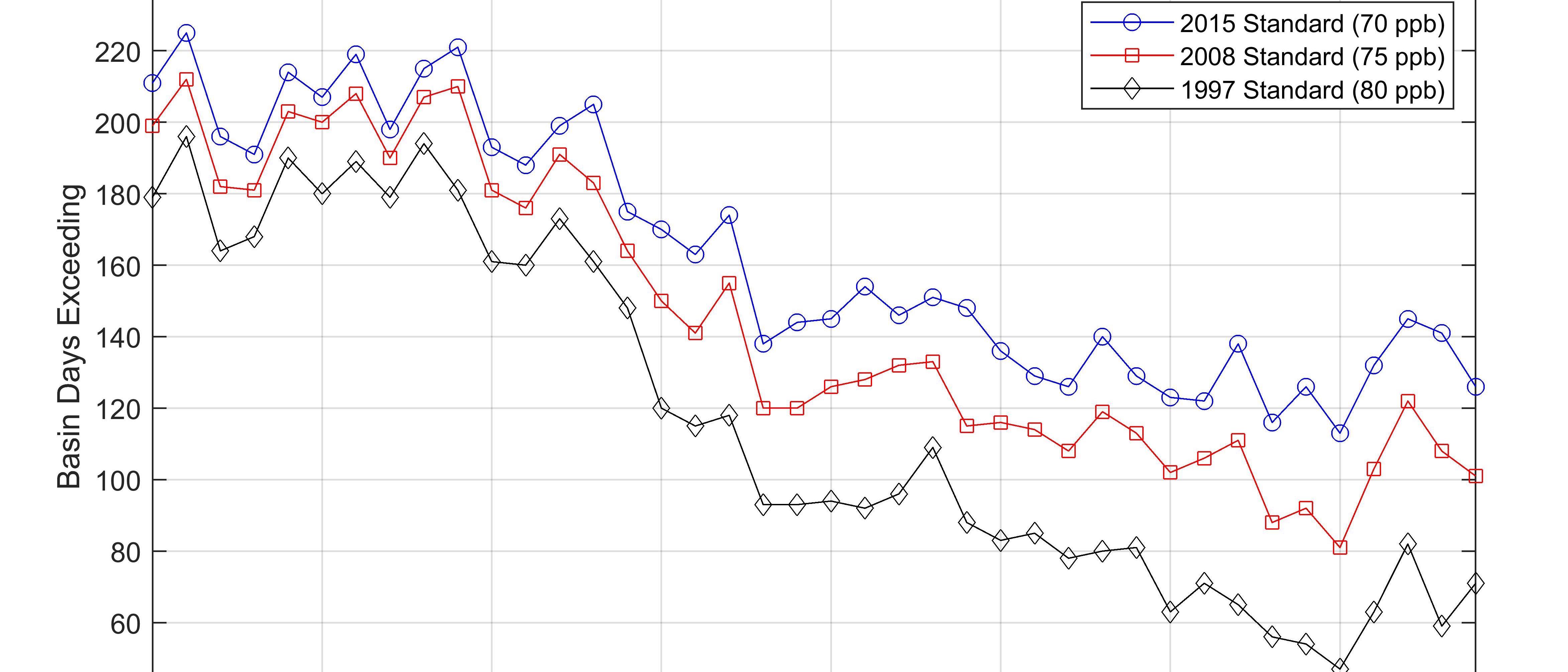
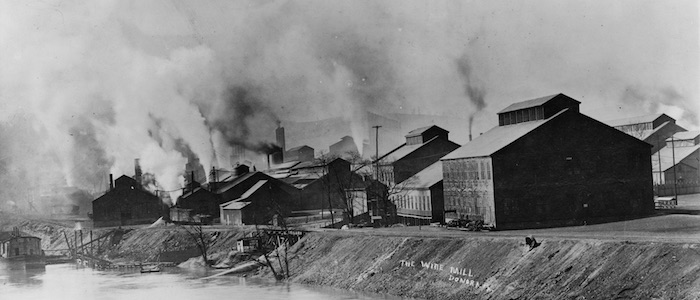
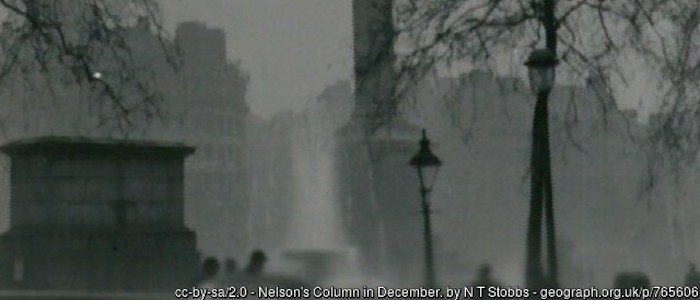
(1,4)dioxine_200.svg_700.png)
